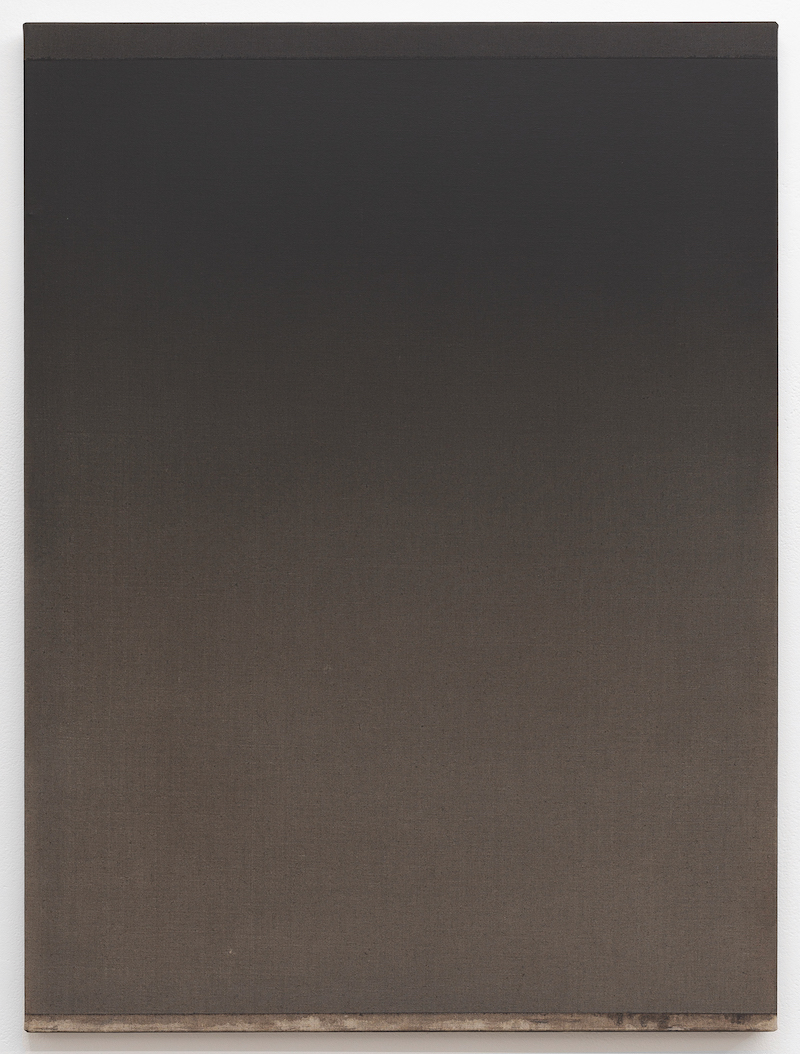Step out of your comfort zone
The motivations behind an art purchase vary on a broad scale. A collector might buy to support the artist, continue collecting work that meets a particular theme or to challenge themselves. “It is ok not to fall in love with an artwork you have purchased,” says Andy Dinan, director of MARS Gallery in Melbourne. “Art sometimes makes me angry, sad, confused, and sometimes it makes me ask more questions than I can answer. Usually that is when I know it’s a really good work.” Whatever the reason, if you don’t connect with an artwork once you get it home, begin by making time to understand it. Separate yourself from outside commentary and experience it as a stand-alone work. Think about the colours used, how physical elements are placed within the work and how the theme fits into an artist’s oeuvre. Think about how it makes you feel. Does it make you uncomfortable? Why? Thinking deeply about an artwork and analysing your reaction can often reveal hidden meaning and lead to a greater appreciation for what it might be communicating.
Learn more
Once you’ve established your own response to an artwork, put yourself in the artist’s place. Learn about their background, artistic influences and when the work was produced. These elements will provide more information to broaden your understanding even more. Think about if this relates to any of your own experiences. New Zealand-born, Australian artist Rosalie Gascoigne was known for creating abstract sculptural assemblages from found materials like old road signs and farm fencing. On first glance, her work appears minimal and abstract, yet delving into her background reveals her choice of materials pays deep homage to the landscape around Monaro in New South Wales. Imbued with the textures and colours of agriculture and rural living, Gascoigne’s elegant compositions also reflect her expert knowledge of Sogetsu Ikebana, an intricate form of Japanese floral art.
Challenge yourself
For Melbourne-based collector Nikita Le Messurier, seeking out more information about an artwork is a key part of the collecting process. “I learn from a range of sources, including gallery directors and curators I have built strong relationships with,” she explains. “I seek out and listen to their thoughts on an artist’s style and development, their intentions and the cultural importance of the piece. This really influences my emotional attachment to an artwork and my appreciation for the techniques used.” As an example, Le Messurier singles out her recent experience purchasing Nancy Constandelia’s painting Half Past i, 2021. While she worked closely with MARS Gallery, Le Messurier admits, “Initially I wasn’t excited in the way Andy was. It was at that point she shared Nancy’s process with me.” Seeing the work in person also helped. “I found out Nancy spends weeks gingerly layering diluted paint across her canvas, blending seamlessly from light to dark with thousands of opacity gradations in between. It was only in learning about the technique and seeing the work up close that I came to fully appreciate Nancy’s intricate work. Half Past i is mesmerising and I have grown to truly love it.”
Cultural value
Sometimes art serves a greater purpose than satisfying personal taste alone. Philanthropy groups purchase art on behalf of institutions like public museums and members must act on the long-term cultural value of acquiring an artwork for a community and its future generations. Known for collecting challenging pieces and supporting emerging artists, New York-based art advisor Eleanor Cayre told the New York Times in 2017, “if we look back at history, we can see the best art of its time was never comfortable or familiar. Don’t be scared to buy something you don’t fully understand.” It can be difficult to know how a work will be perceived in the future and sometimes you just need to take a chance. As Dinan puts it, “don’t live for love, live for the journey.”

